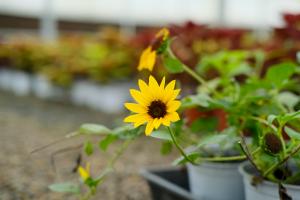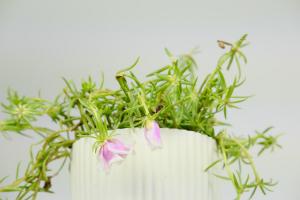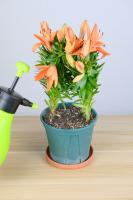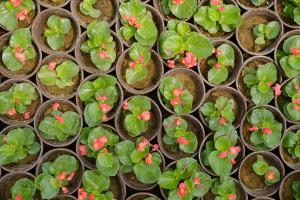Introduction
Plant nutrients are the essential elements that plants need to grow and develop. These nutrients are commonly added to water in hydroponic and aquaponic systems. However, many growers often wonder whether plant nutrients in water go bad over time. In this article, we’ll explore this question in detail.
The Shelf Life of Plant Nutrients
The shelf life of plant nutrients can vary depending on the type and quality of the product. Most liquid plant nutrients have a shelf life of approximately 1-2 years when stored in a cool, dry, and dark place. However, the shelf life of powdered plant nutrients can be longer, usually up to 3-5 years.
Factors that Affect the Shelf Life of Plant Nutrients
Several factors can affect the shelf life of plant nutrients in water. These include:
Exposure to light: Light can cause certain plant nutrients to break down, leading to a decrease in their effectiveness.
Temperature: High temperatures can cause plant nutrients to degrade rapidly, reducing their efficacy.
Humidity: Moisture can cause plant nutrients to clump together, making them difficult to dissolve in water.
Contamination: Exposure to air, dust, and other contaminants can cause plant nutrients in water to go bad.
Signs that Plant Nutrients in Water Have Gone Bad
Several signs indicate that the plant nutrients in water have gone bad, including:
Changes in color or consistency: If the nutrients have changed color or consistency, it may indicate that they have degraded or been contaminated.
Foul smell: A pungent or unpleasant smell is another sign that the nutrients may have gone bad.
Reduced efficacy: If the plants are not responding as well to the nutrients, it may indicate that the plant nutrients in the water have gone bad.
How to Store Plant Nutrients in Water
Proper storage is essential to extend the shelf life of plant nutrients in water. Here are some tips for storing plant nutrients:
Store in an airtight container: Air exposure can degrade plant nutrients, so it’s essential to keep them in an airtight container.
Store in a cool, dry, and dark place: Exposure to light and heat can cause plant nutrients to go bad or degrade, so it’s best to keep them in a cool, dry, and dark place.
Keep them away from contaminants: Dust, air, and other contaminants can compromise the quality and efficacy of plant nutrients, so it’s essential to keep them away from contaminants.
Conclusion
Plant nutrients in water can go bad over time, but proper storage can extend their shelf life. Understanding the factors that affect the shelf life of plant nutrients and the signs that indicate they have gone bad can help growers maintain healthy and productive plants. By following proper storage guidelines and regularly checking for signs of spoilage, growers can ensure that their plant nutrients in water are always fresh and effective.

 how many times do yo...
how many times do yo... how many planted tre...
how many planted tre... how many pine trees ...
how many pine trees ... how many pecan trees...
how many pecan trees... how many plants comp...
how many plants comp... how many plants can ...
how many plants can ... how many plants and ...
how many plants and ... how many pepper plan...
how many pepper plan...































